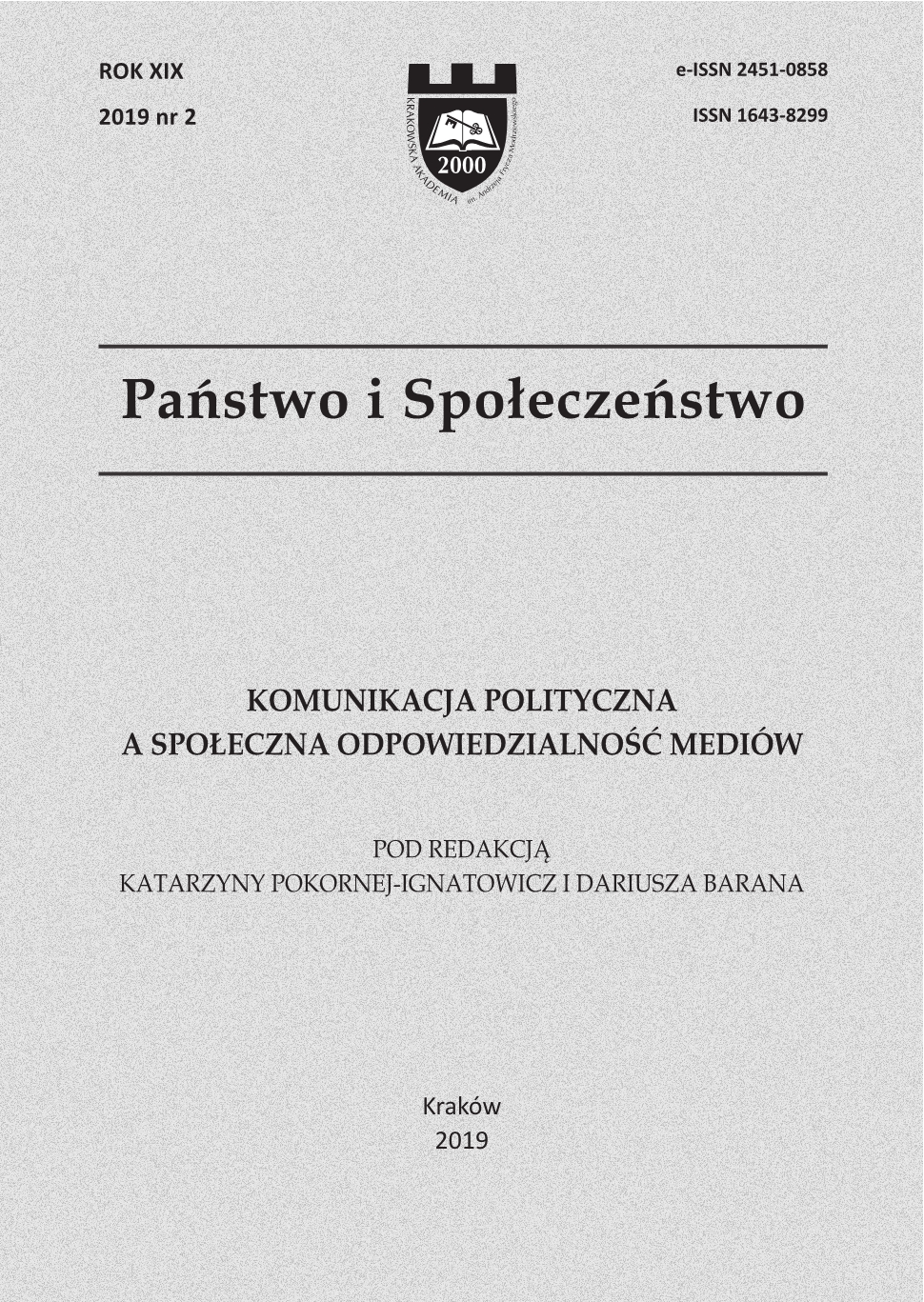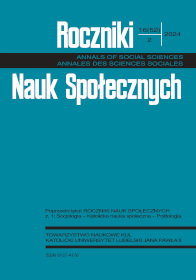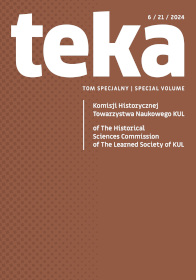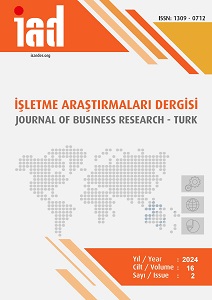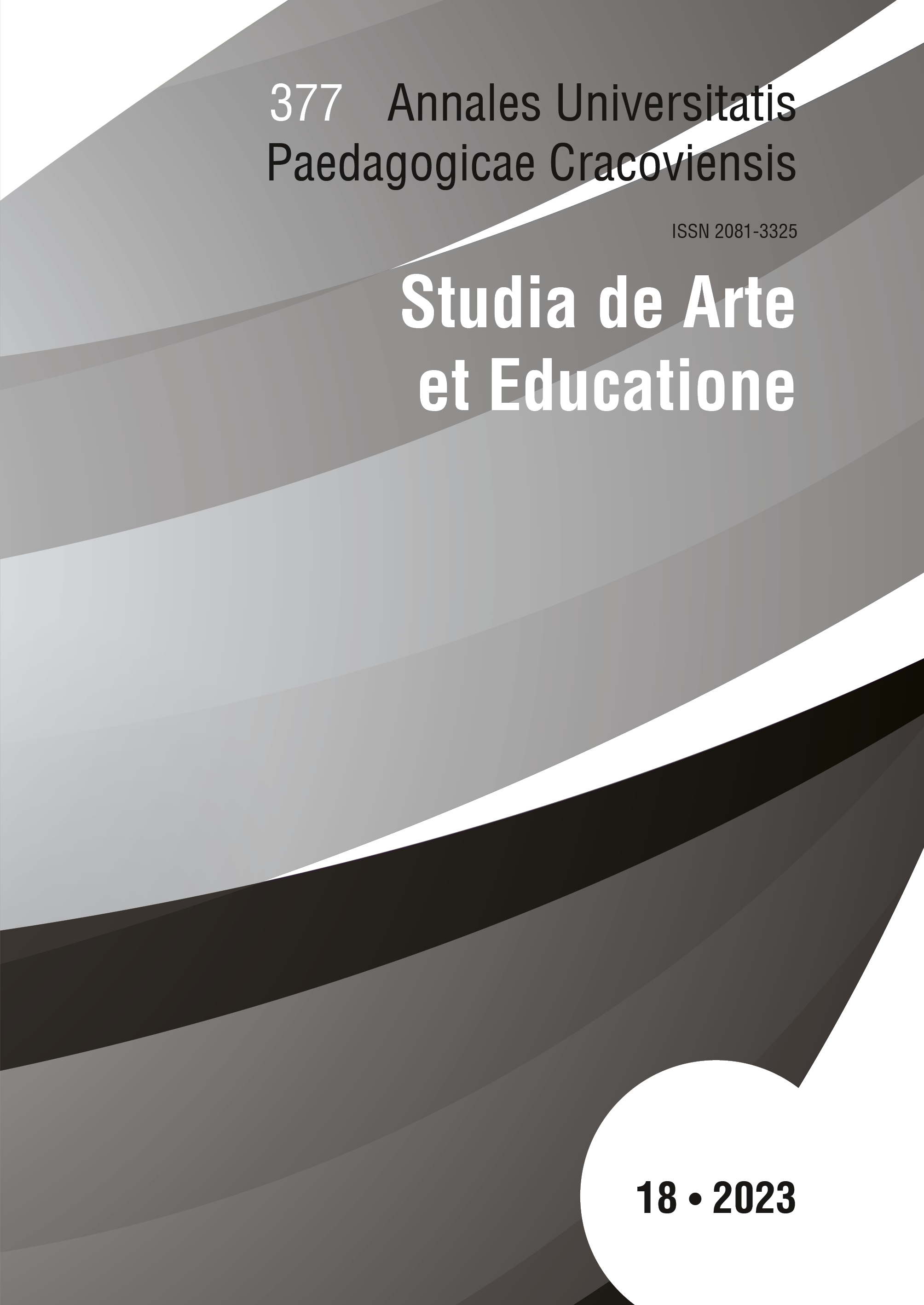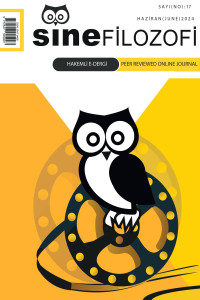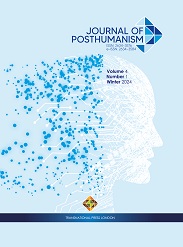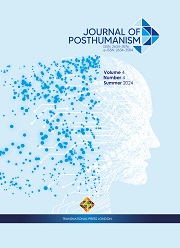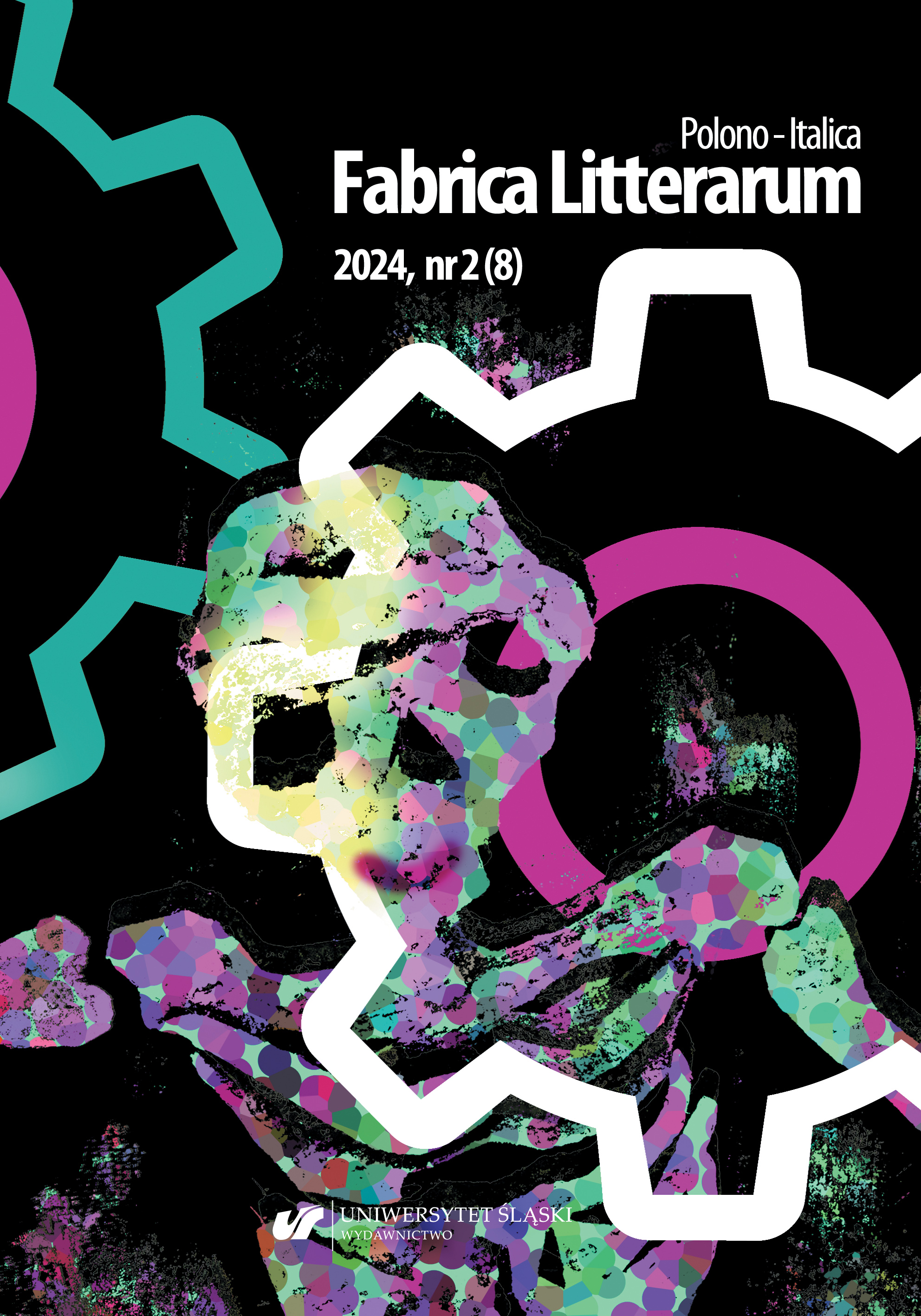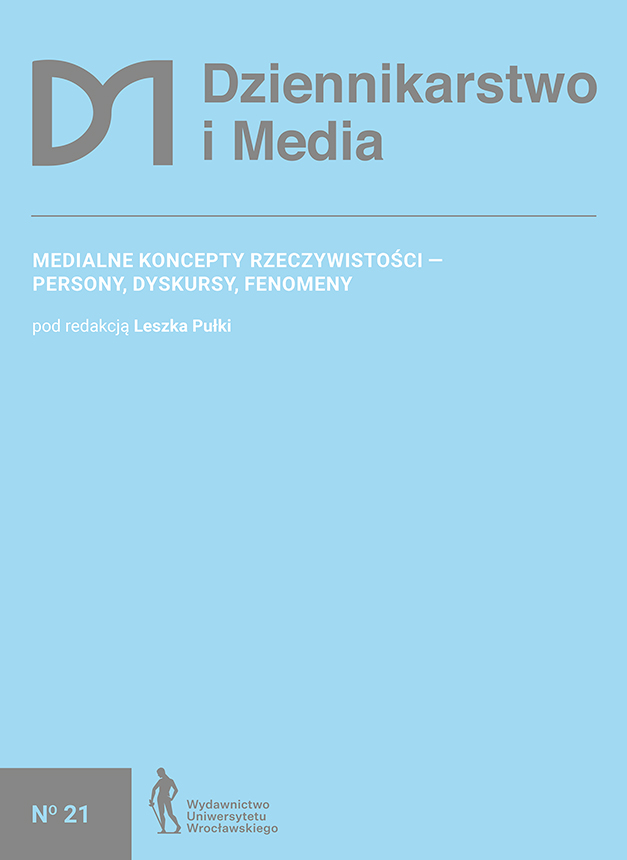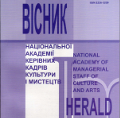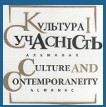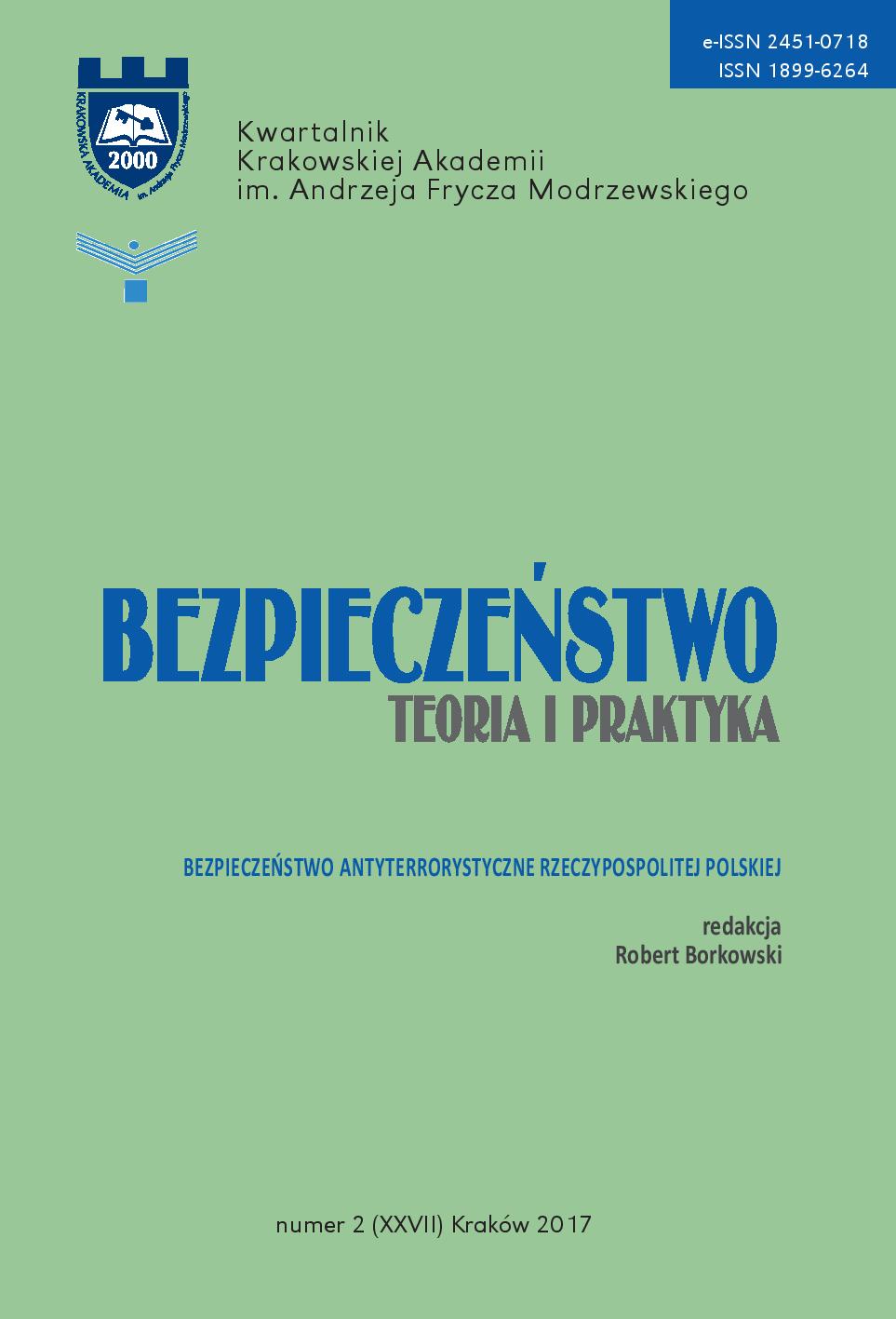
Ewakuacja i postępowanie w sytuacji ataku zabójcy masowego w placówce szkolnej. Analiza filmów edukacyjnych
Mass murders committed by so-called active shooters have a lot in common with terrorist attacks but should not be identified with them. Both phenomena attract publicity and raise public sentiment. There has never been an attack on a school or university in Poland, but prevention and education in this matter have been conducted for several years. It is of great importance to provide a proper evacuation drill training and to deal with the threat of a shooter attack. Due to a considerable diversity of training providers,their level, content and type of recommendations are extremely varied and sometimes disputable. It is important to evaluate the suitability of film training materials on this subject.
More...
